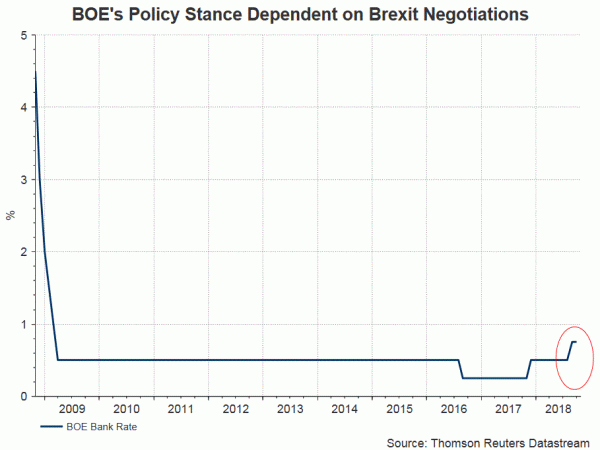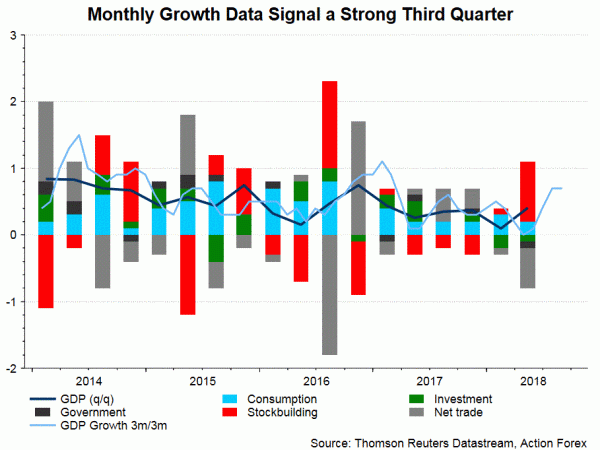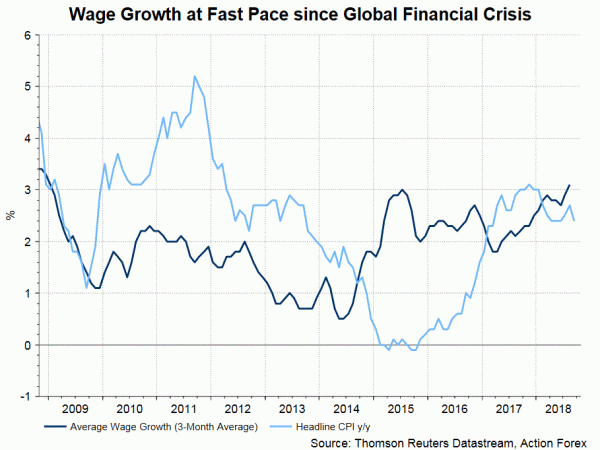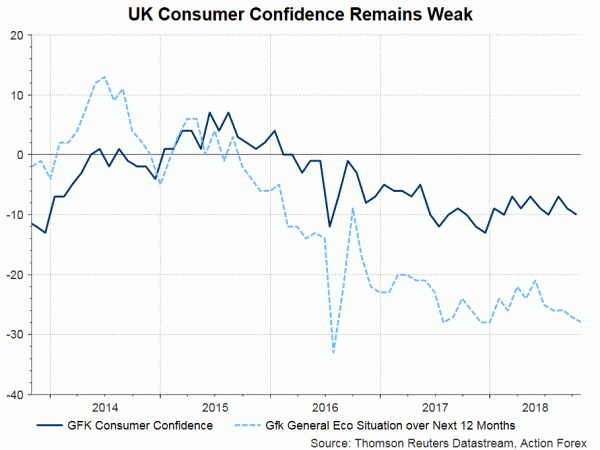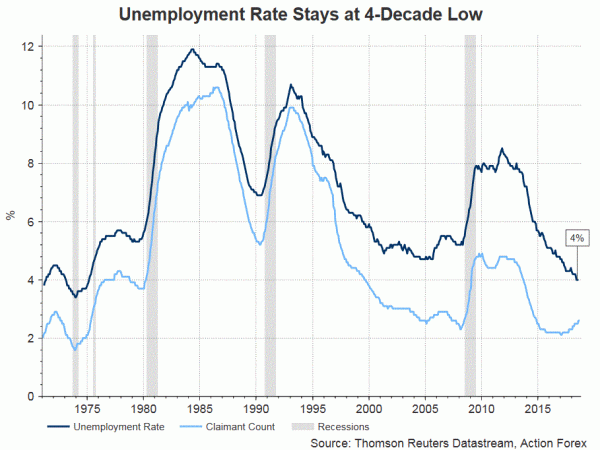At the meeting later this week, we expect BOE members to vote unanimously to keep the Bank rate unchanged at 0.75% and the asset purchase program at 435B pound. The macroeconomic indicators released during the inter-meeting period are mixed, while no progress on Brexit negotiations although the deadline is approaching. Chancellor Phillip Hammond declared “austerity has ended” in his Budget speech. Fiscal easing might have to accelerate the pace of BOE rate hike. However, with Brexit uncertainty unresolved, it would be a dilemma for the central bank. S&P has recently warned that, in case of a no-deal Brexit, the country’s inflation would jump while household wage slumps. The magnitude of house price decline would be similar to that after the 2008 financial crisis. We believe Brexit outcome remains the biggest uncertainty that affects BOE’s monetary policy, leading it to retain the “gradual and limited” stance.
The Remaining 5%
The EU summit on October 18-19 turned out to be a non-event. It was originally scheduled as the deadline of reaching a deal on the Withdrawal Agreement. Due to the sluggishness of previous talks, the summit only aimed at getting some progress on the Irish border issue for paving the way for further negotiations in November. Yet, not even that was achieved- EU scrapped plans for November summit due to “not enough progress”. While PM Theresa May has affirmed that 95% of the Withdrawal Agreement has been done, the “considerable sticking point” remains the Irish border and the related backstop plan, a safety net that avoids a hard border between the Irish Republic (Eurozone member) and Northern Ireland (part of the UK) after Brexit.
Back in March, the EU released a draft legal text, suggesting that, if no better solutions were found, Northern Ireland would stay in the EU customs union and most parts of the single market, unless and until a long-term trade deal is agreed upon that kept the border as open as it is now. The UK rejected the proposal, suggesting that it is an invasion to sovereignty (Northern Ireland adopts EU law and creates a border in the Irish Sea). It then counter-proposed that the WHOLE UK, together with North Ireland, would align with the EU customs arrangement for “a limited period” after 2020. This has been rejected by the EU.
Gambler May
Meanwhile, PM Theresa May also proposes to lengthen the transition period (Mar 29, 2019 to Dec 31, 2020) so that the UK could buy time “make a sovereign decision”. She affirmed that this could “not be indefinite” and would finish “well before the end of this parliament” – i.e. mid-2022.
If there were no contingent summit in November, the hope is on the summit on December 13-14. Even if the Irish border issue is resolved, clearing the way for the deal on the Withdrawal Agreement, another challenge is ratification by the UK Parliament. It appears the PM May would use the tactic of time pressure – pushing the bill for a parliamentary vote a week before Christmas. She hopes that it would limit the time for Brexit hardliners to mobilize against her. On the flip side, however, she also would limit the time for her to gather support. There is chance that she would lose the gamble. Back in 2017, her call for a snap election, hoping to enlarge Tory’s majority in the parliament, ironically shrank its power.
S&P has recently warned of the disaster of a no deal Brexit. As it suggested, the scenario would send the unemployment rate to 7.4% by 2020, from 4% as of September. House prices would fall by -10% over 2 years, while office prices in London could dive-20% in 2- 3 years, a fall similar to the one just after the 2008 financial crash. Household incomes would drop by 2,700 pound per year, while inflation would jump to a peak of 4.7% in mid-2019.
While our base case remains that a Withdrawal Agreement would be agreed upon before the beginning of the transition period, the risk of no-deal Withdrawal Agreement) has increased as the official date of UK leaving EU approaches.




